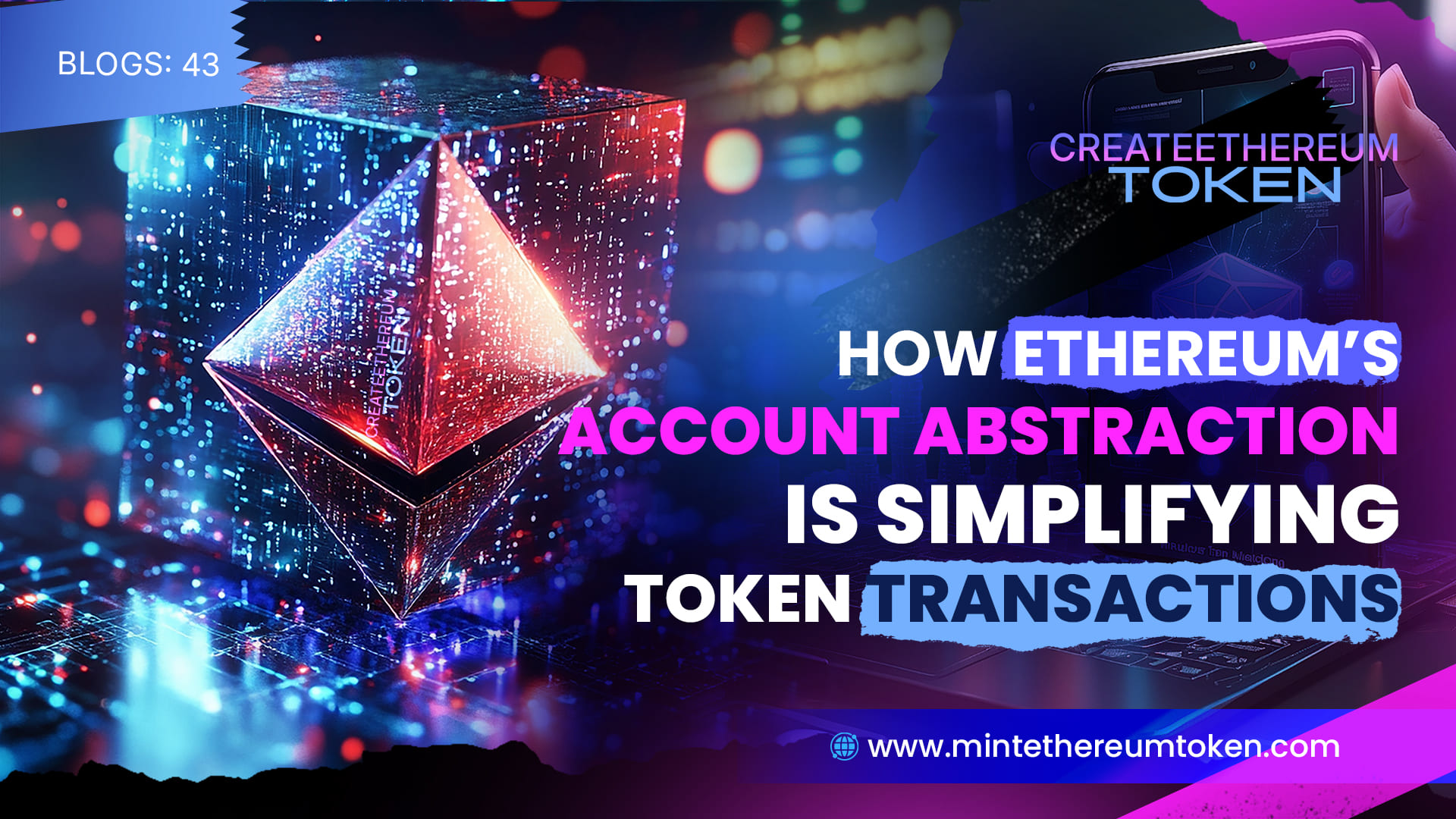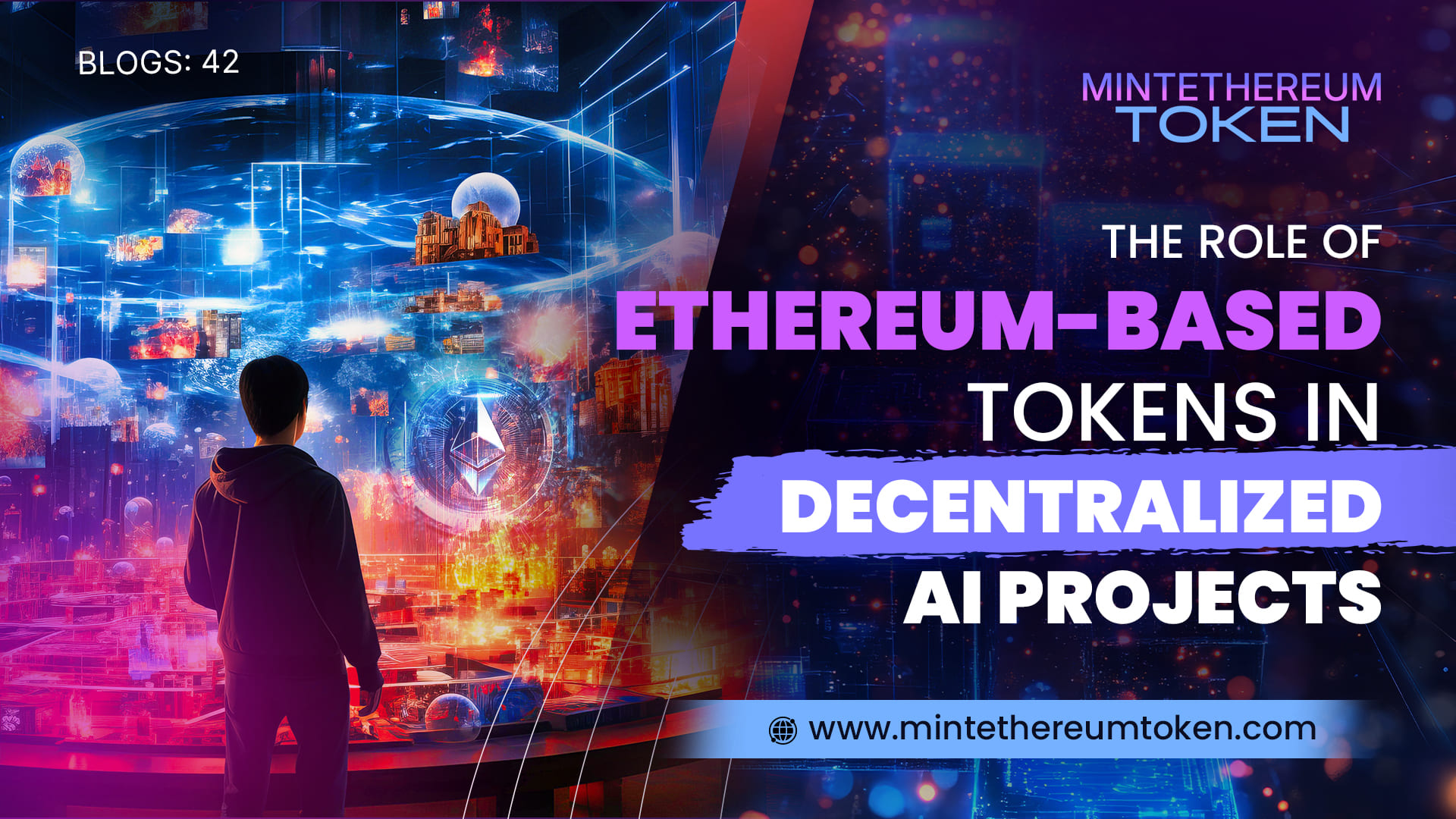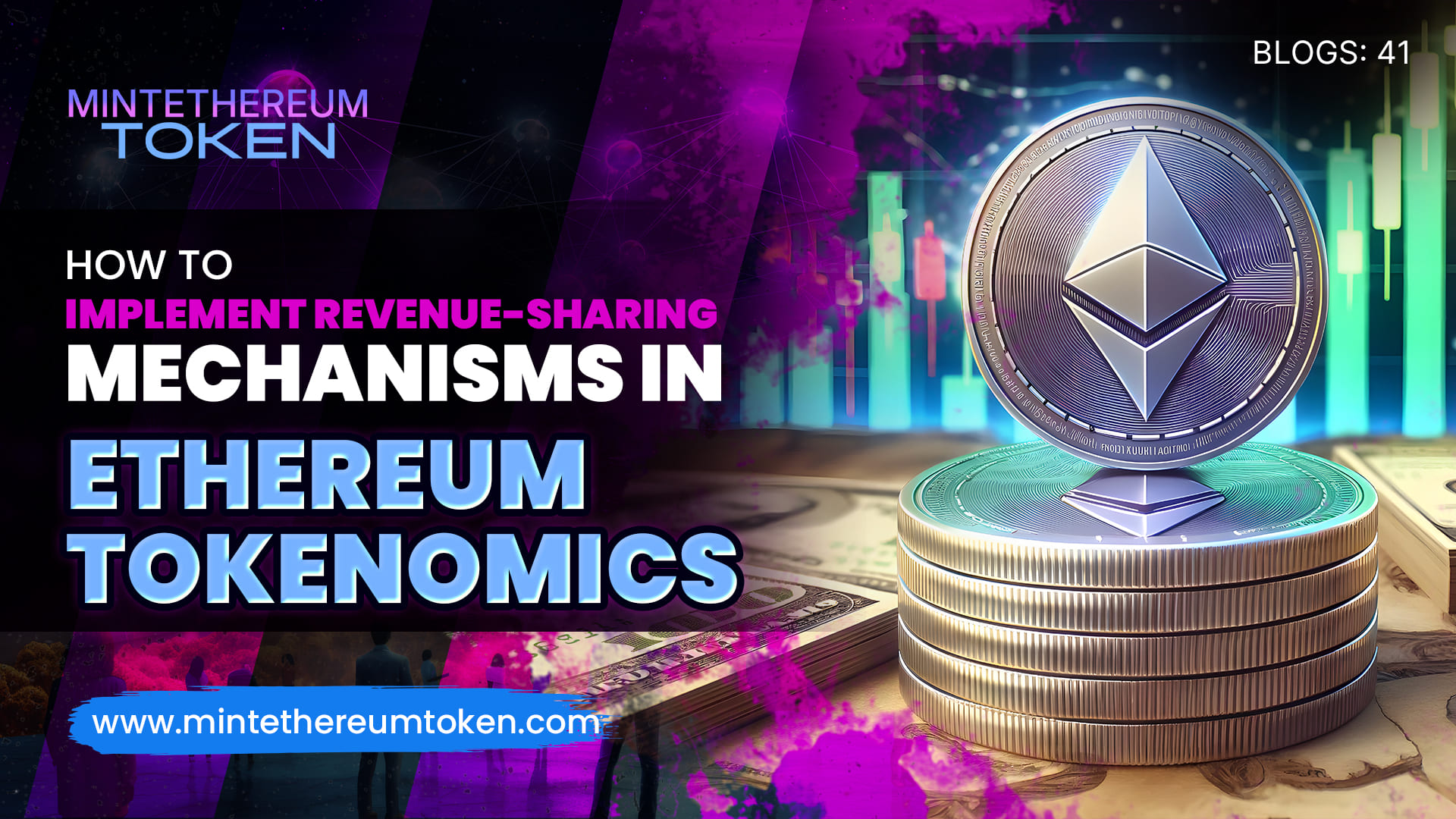May 22, 2025
Why Ethereum Tokens Are Becoming the Backbone of Web3 Business Models
As the Web3 ecosystem continues to evolve, Ethereum tokens are emerging as a foundational component of its business infrastructure. No longer just speculative assets, these tokens are now at the core of how decentralized applications, protocols, and communities operate and generate value. From governance and payments to incentives and access, Ethereum tokens are powering the next generation of digital business models.
The Shift from Web2 to Web3 Monetization
Traditional Web2 models rely heavily on centralized platforms, intermediaries, and data-driven monetization. In contrast, Web3 empowers creators and users through tokenization, allowing value to be distributed more fairly across participants.
Why Ethereum Leads the Token Economy
- Battle-Tested Standards: Ethereum’s ERC-20, ERC-721, and ERC-1155 token standards are widely adopted and deeply integrated across the blockchain ecosystem.
- Smart Contract Flexibility: Ethereum enables programmable logic for everything from token issuance and vesting to staking, royalties, and access control.
- Strong Network Effects: With the largest base of developers, users, and dApps, Ethereum continues to be the go-to network for serious tokenized projects.
- Interoperability: Ethereum tokens are easily integrated with wallets, exchanges, marketplaces, and Layer 2s.
Use Cases of Ethereum Tokens in Business Models
- Governance Tokens: Used by DAOs and decentralized platforms to enable community-driven decision-making.
- Utility Tokens: Power access to services, features, or discounts in dApps and DeFi platforms.
- Revenue Sharing: Some protocols distribute revenue or fees to token holders or stakers.
- Tokenized Subscriptions: Tokens act as recurring access passes to platforms, tools, or content.
- NFTs: Enable ownership of digital goods, membership, and brand engagement strategies.
Real-World Examples
Projects like Uniswap, Aave, Lens Protocol, and Mirror all use Ethereum tokens to drive activity, reward users, and decentralize governance. These tokens are not only technical components—they are the financial and organizational glue holding Web3 businesses together.
Conclusion
Ethereum tokens have grown far beyond speculative assets—they now function as core building blocks for decentralized, user-owned business models. As Web3 adoption accelerates, expect Ethereum tokens to continue driving innovation in how value is created, shared, and sustained across the internet.





